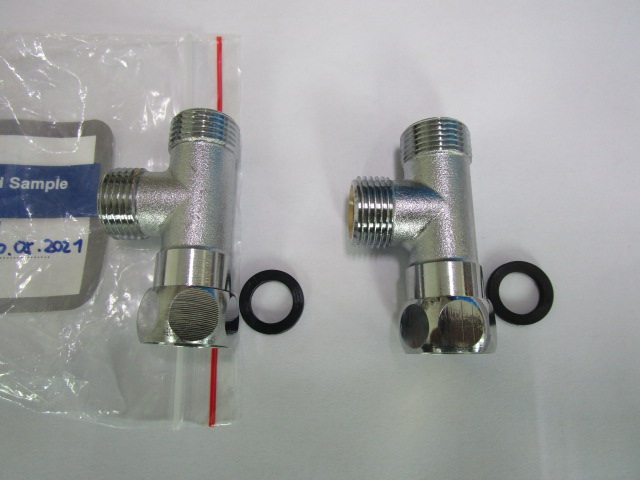
Trekking poles, also known as hiking poles or walking sticks, are essential tools for hikers, offering support, stability, and reducing the impact on knees and leg muscles during treks. With various types available, understanding their classifications, quality requirements, and having a robust inspection checklist is vital for both manufacturers and consumers. This article provides a comprehensive overview of trekking poles, delving into their categories, the standards they should meet, and a detailed checklist to ensure quality and functionality.
Contents
Categories of Trekking Poles
1. Adjustable Poles: These poles offer versatility with adjustable lengths to suit different terrains and personal preferences. They typically use a locking mechanism, such as twist locks or lever locks, to secure the pole at the desired length.
2. Fixed-Length Poles: Designed for durability and strength, fixed-length poles are set at a specific length. They are favored by ultralight hikers and those who prioritize simplicity and reliability over adjustability.
3. Folding Poles: Folding poles feature a design that allows them to collapse into a compact form, making them ideal for travelers and backpackers looking to save space. They usually have a fixed length but are more portable than other types.
4. Shock-Absorbing Poles: These poles include a built-in shock absorption mechanism to reduce strain on joints and muscles. They are particularly useful for hiking on hard surfaces or for individuals with joint issues.
5. Nordic Walking Poles: Specifically designed for Nordic walking, these poles come with rubber tips for use on hard surfaces and ergonomic handles to promote proper technique and comfort.
Quality Requirements for Trekking Poles
Durability: Trekking poles must withstand varied and often harsh terrain. High-quality materials such as aluminum, carbon fiber, or a combination thereof are essential for durability.
Weight: A balance between strength and lightness is crucial. Lightweight poles reduce fatigue on long hikes, but they must also be strong enough to support the hiker’s weight and the stresses of trekking.
Ergonomics: Handles should be comfortable and designed to minimize hand fatigue. Materials like cork, foam, or rubber can provide comfort and grip in different conditions.
Adjustability and Locking Mechanism: For adjustable poles, the locking mechanism must be reliable, easy to use, and maintain its hold under pressure.
Traction: Tips made of carbide or rubber offer durability and grip across various surfaces. The choice between carbide and rubber tips depends on the terrain and personal preference.
Trekking Pole Inspection Checklist
1. Material Inspection: Check for high-quality materials. Aluminum poles should be aircraft-grade, and carbon fiber poles should be without visible defects or imperfections.
2. Weight and Balance Test: Evaluate the pole’s weight and balance. It should feel light yet sturdy enough to withstand pressure.
3. Locking Mechanism Functionality: Test the locking mechanism for ease of use and reliability. Adjust the pole to various lengths and apply pressure to ensure it remains locked.
4. Handle Comfort and Grip Evaluation: Assess the handle’s material for comfort and grip. Perform a simulated walking test to ensure no slippage or discomfort.
5. Shock Absorption Efficiency: For shock-absorbing poles, check the mechanism by applying force. It should offer a noticeable reduction in impact without being too springy.
6. Tip Durability and Traction: Inspect the tips for wear resistance and traction. Test them on different surfaces if possible to ensure they provide adequate grip.
7. Folding Mechanism Check (for Folding Poles): Ensure the folding mechanism operates smoothly and locks securely. The pole should not collapse under pressure when locked.
8. Overall Structural Integrity: Examine the entire pole for any signs of weakness, including the joints and extension points. There should be no bending or breaking under normal use conditions.
9. Compatibility with Accessories: Verify that the poles are compatible with various accessories, such as mud baskets, snow baskets, and protective tips, which enhance their utility across different terrains.
10. Warranty and Support: Check the manufacturer’s warranty and customer support services. A comprehensive warranty can be an indicator of the manufacturer’s confidence in their product’s quality.
Conclusion
Trekking poles are invaluable companions on the trail, offering support, stability, and protection to hikers. By understanding the different types of trekking poles, adhering to quality requirements, and employing a thorough inspection checklist, manufacturers can ensure their products meet the high standards demanded by the hiking community. For consumers, this knowledge facilitates informed decisions, ensuring they select the right trekking poles to enhance their hiking experience, maintain safety, and enjoy the great outdoors with confidence.




